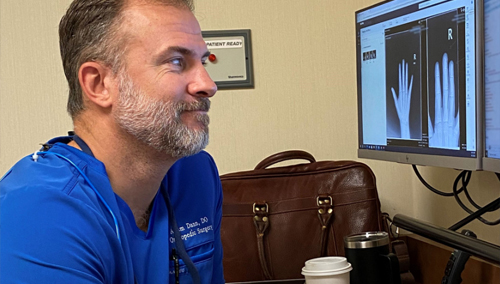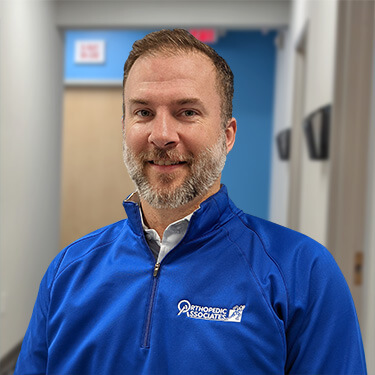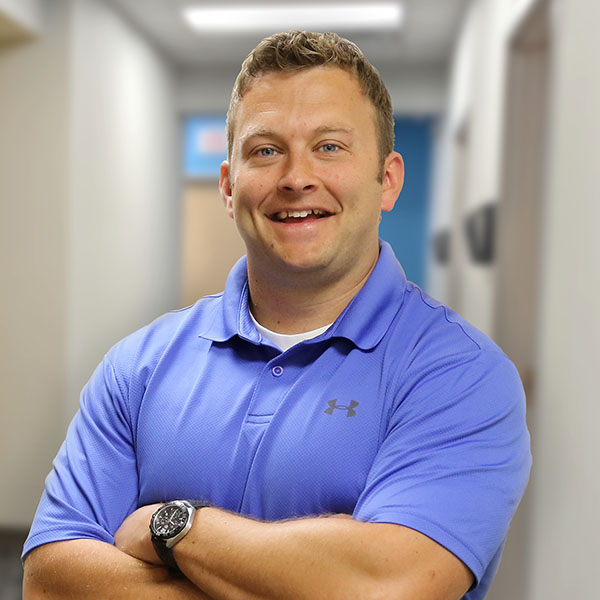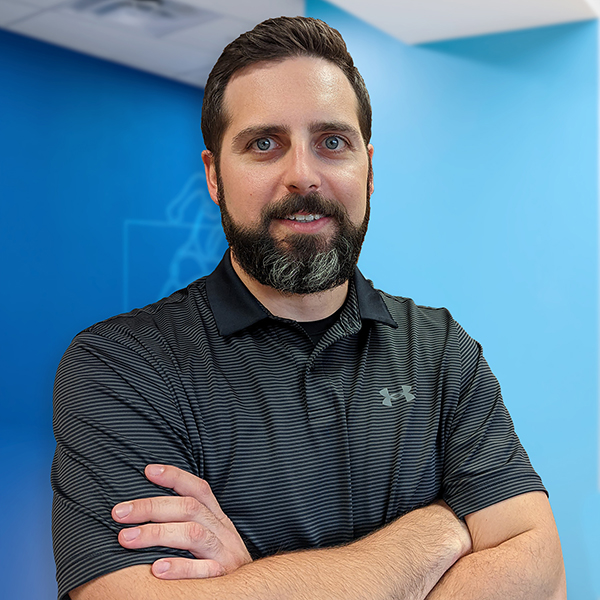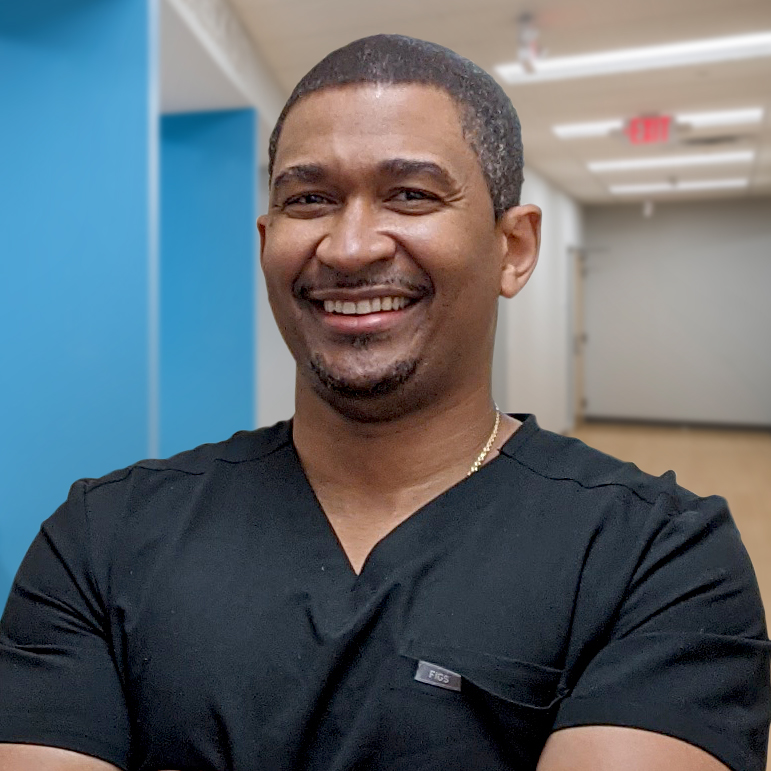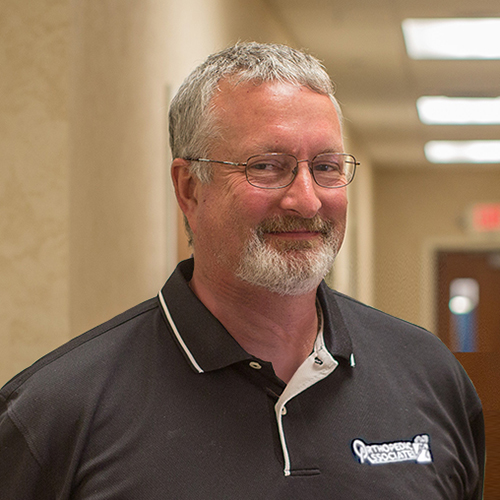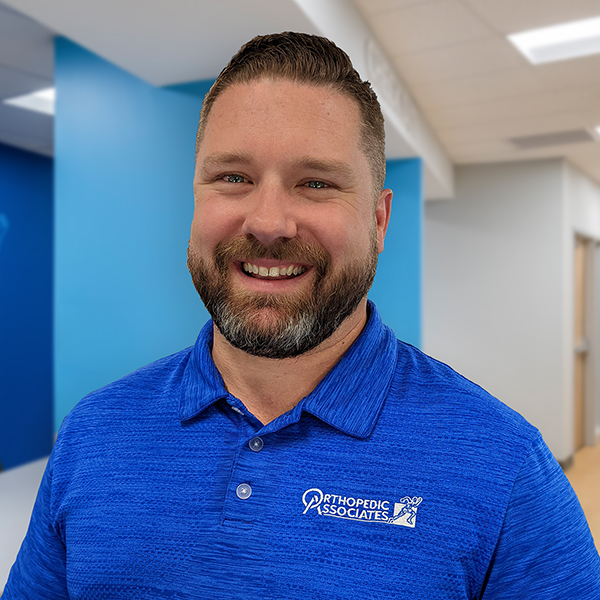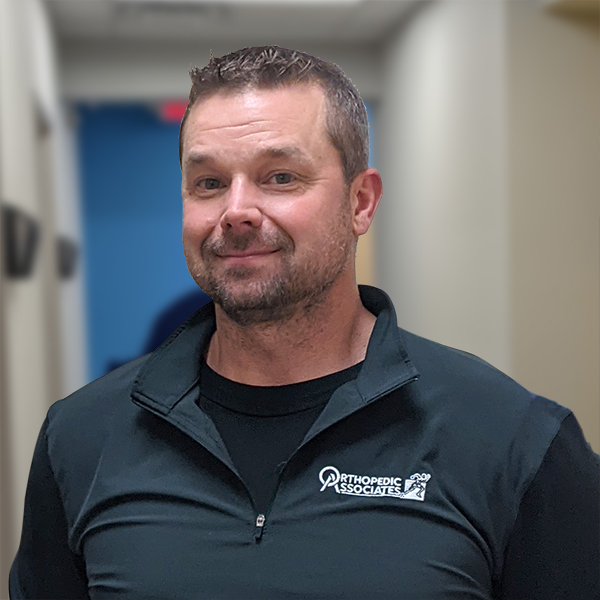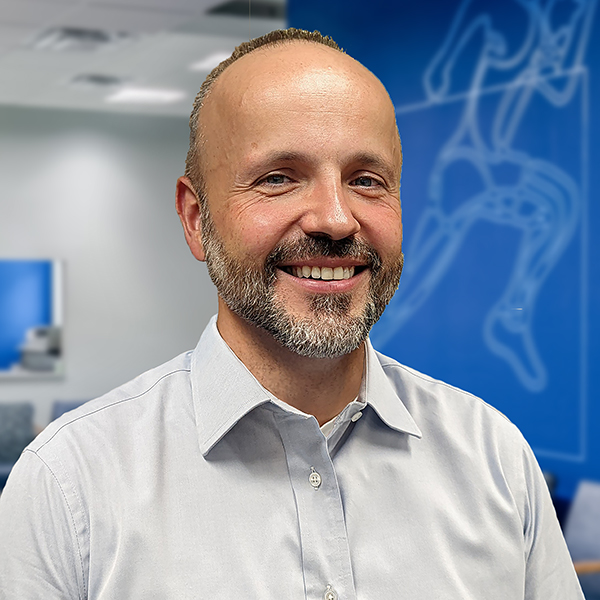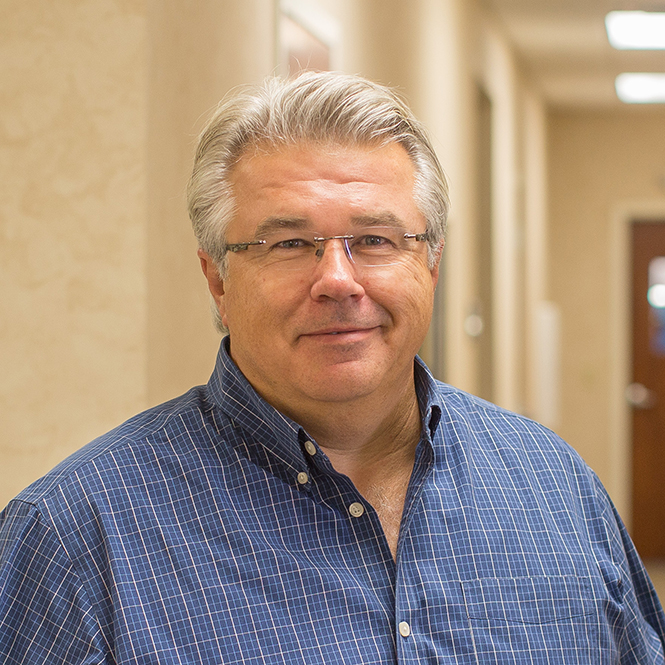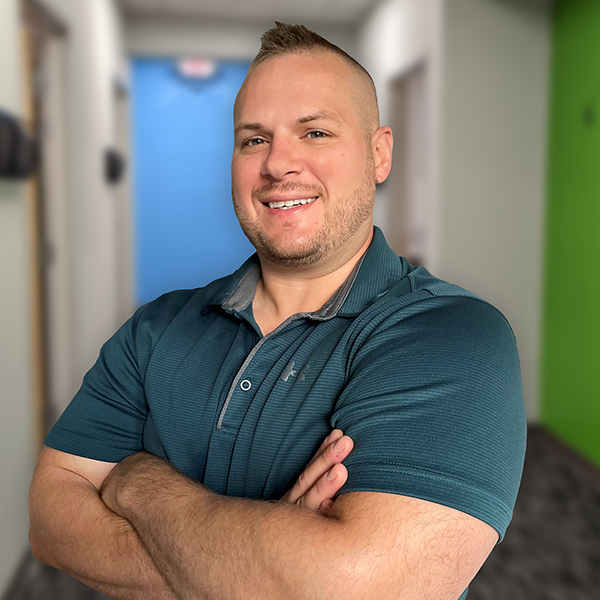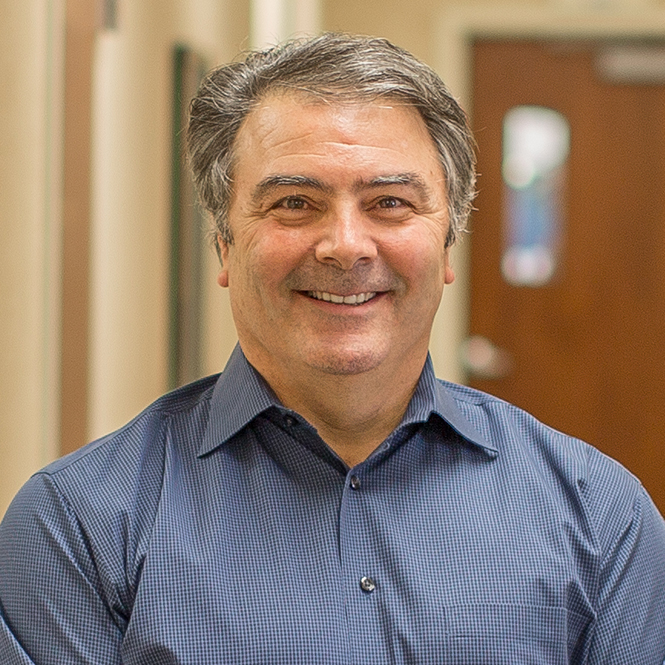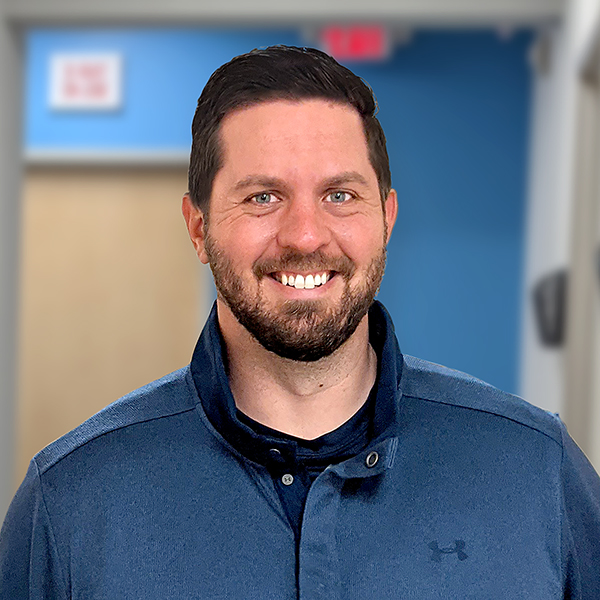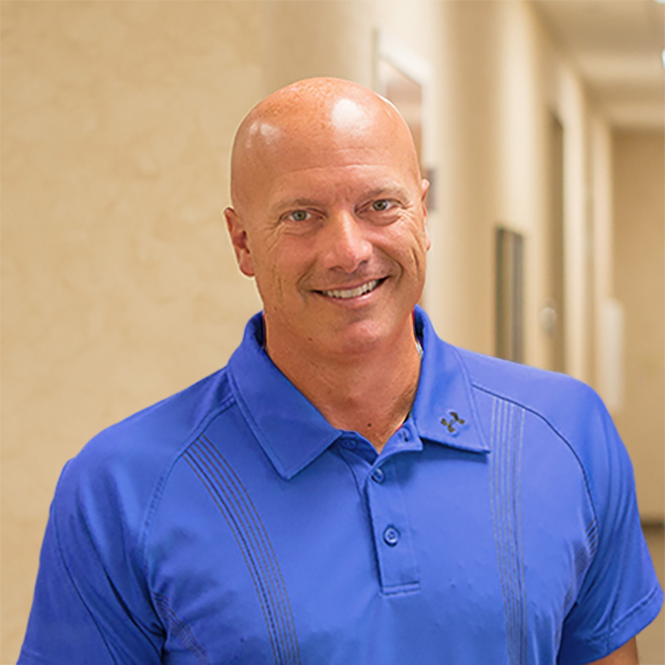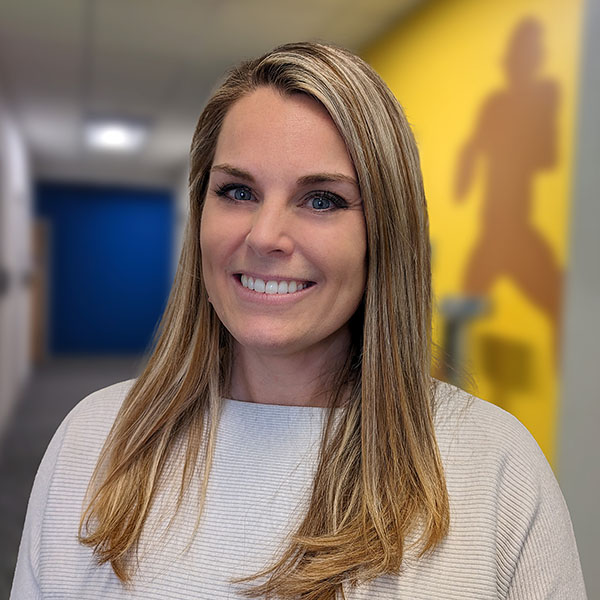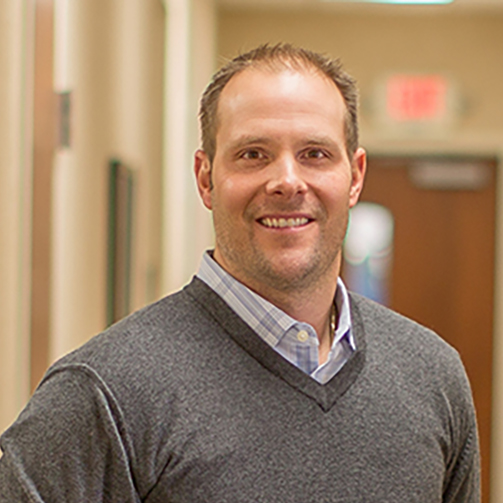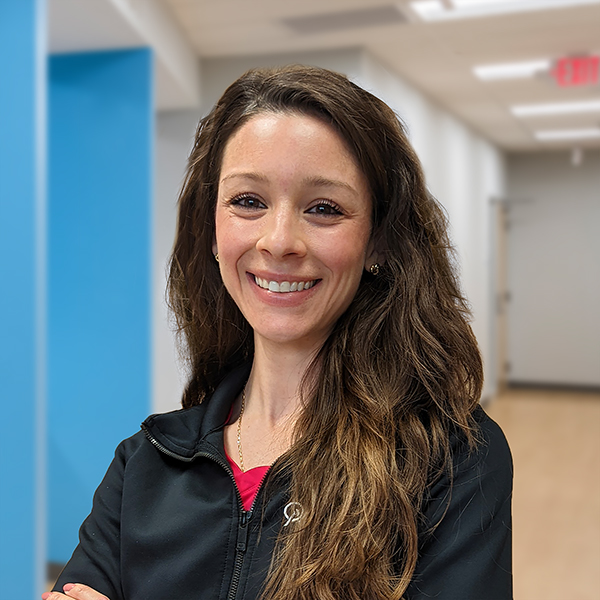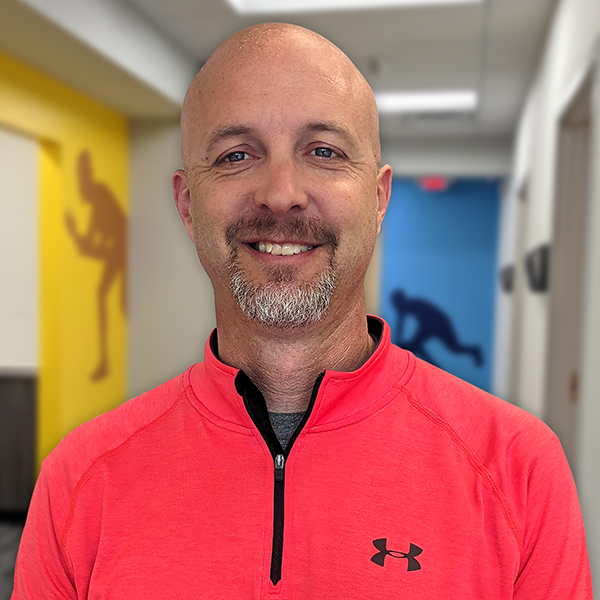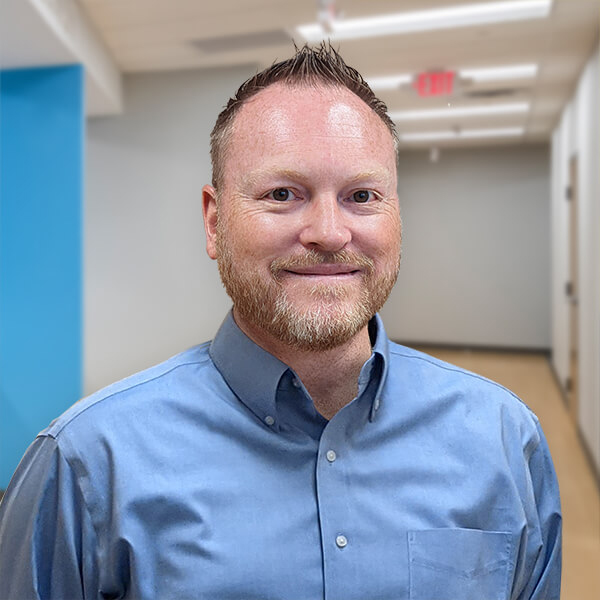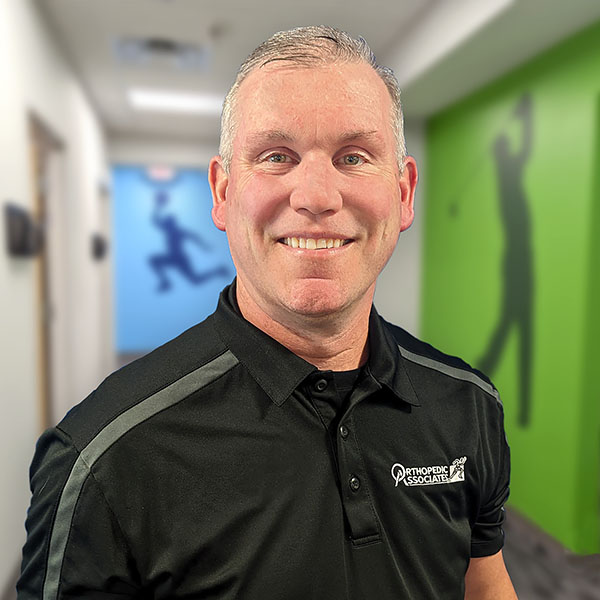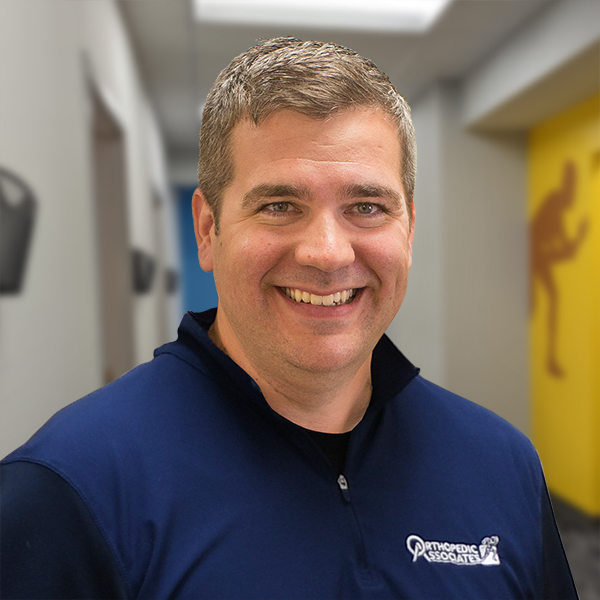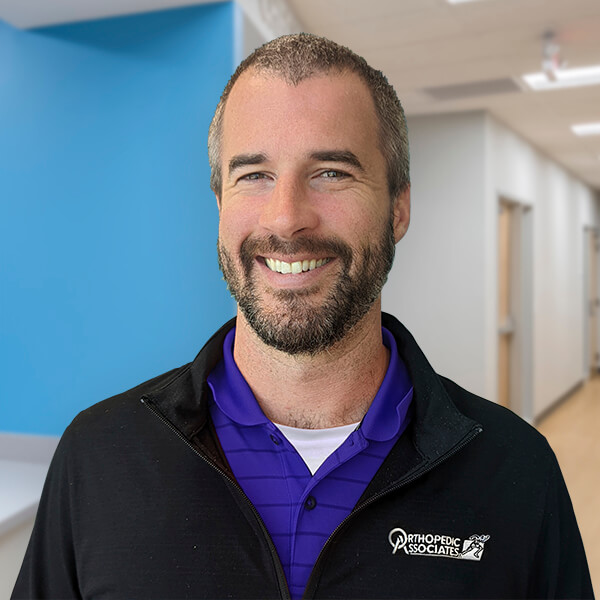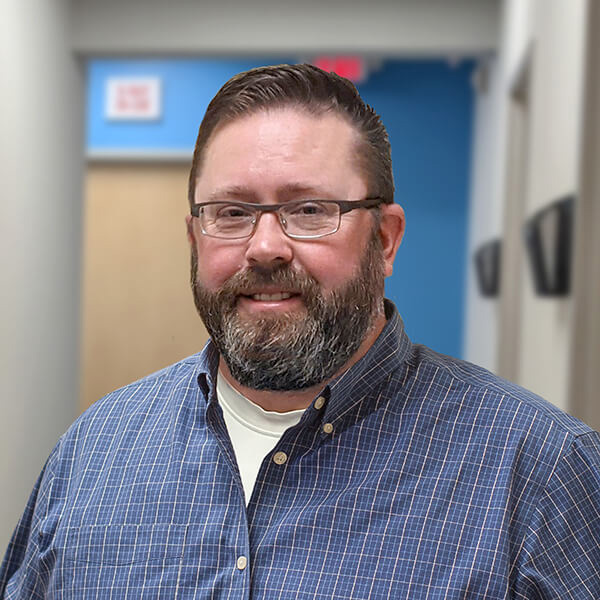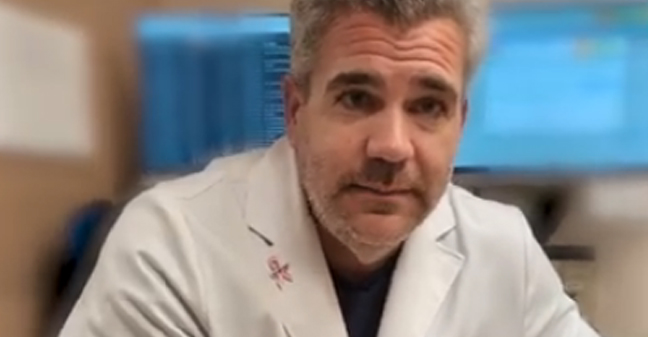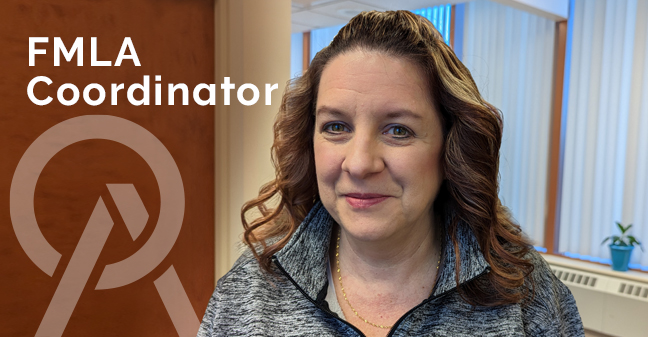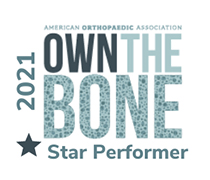OA's Recognized for Fragility Fracture Patient Care During World Osteoporosis Month
Each May, clinicians and health professionals come together in a national awareness campaign for the prevention, diagnosis, and treatment of osteoporosis and metabolic bone disease. Through National Osteoporosis Month, people are encouraged to understand the risk factors associated with this condition and make the lifestyle changes needed to build strong bones for life.
Although an estimated 10 million adults in the US have osteoporosis and an additional 44 million have low bone mass, most will go undiagnosed and untreated.
A broken bone, also known as an osteoporotic or fragility fracture, is a serious complication of osteoporosis and often the first sign that a person has the disease. One in two women and one in four men will break a bone in their lifetime due to osteoporosis. Unfortunately, only about 20% of the nearly two million individuals who experience fragility fractures each year are tested or treated for osteoporosis.
Those fractures are costly - nearly $19 billion in related costs every year. By 2025, experts predict those numbers to rise to nearly three million fractures and $25.3 billion in costs each year.
Failing to prevent future fractures can be deadly; nearly 25% of patients who suffer a hip fracture die within a year. The majority who do survive experience a loss of independence and often require long-term nursing home care.
It’s time to address this silent public health epidemic in health care.
OA is Leading the Way in Post-Fracture Patient Care
OA has taken steps to ensure its osteoporotic fracture patients receive the treatment and care they deserve through participation in The American Orthopaedic Association’s Own the Bone® quality improvement (QI) program. OA joins over 270 health care institutions nationwide that have implemented Own the Bone and taken initiative to ensure their osteoporotic fracture patients receive the treatment and care they deserve. Through the Own the Bone program and its national web-based quality improvement registry, OA has been provided with the tools to establish a fracture liaison service (FLS) and to document, track, and benchmark care of fragility fracture patients. Through an FLS program, a care coordinator, such as a nurse or physician’s assistant, ensures that fragility fracture patients are identified, evaluated, and treated.
OA is proud to announce they have received an Own the Bone Star Performer designation this year, an achievement reserved only for institutions that perform the highest level of fragility fracture and bone health care. Own the Bone Star Performers like OA must achieve a 75% compliance rate with at least 5 of the 10 Own the Bone prevention measures including: educating patients on the importance of calcium and vitamin D, physical activity, fall prevention, limiting alcohol intake, and smoking cessation; recommending and initiating bone mineral density testing; discussing pharmacotherapy and treatment (when applicable); and providing written communication to the patient and their physician regarding specific risk factors and treatment recommendations.
Through our participation in Own the Bone and recognition as an Own the Bone Star Performer, OA has demonstrated a commitment to helping patients understand their risk for future fractures and the steps they can take to prevent them. You can learn more about our healthy bone program and how to help prevent future fractures here or by calling 937-425-1562.
What can people do to protect their bones?
- Get adequate calcium and vitamin D, either through diet or supplements, if necessary.
- Engage in regular weight bearing and muscle strengthening exercise.
- Prevent falls around the home and be careful of stairs, railings, clutter, etc.
- Avoid smoking and limit alcohol intake to 2-3 drinks per day.
Have you or a loved one had a broken bone over age 50? Talk to your health care provider and get a bone density screening to determine if osteoporosis might be the cause and learn additional steps you might need to take to prevent future fractures.
Learn more about OA's Healthy Bone Program and how to help prevent bone loss.

